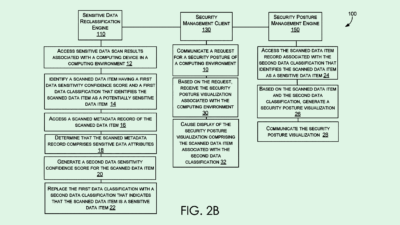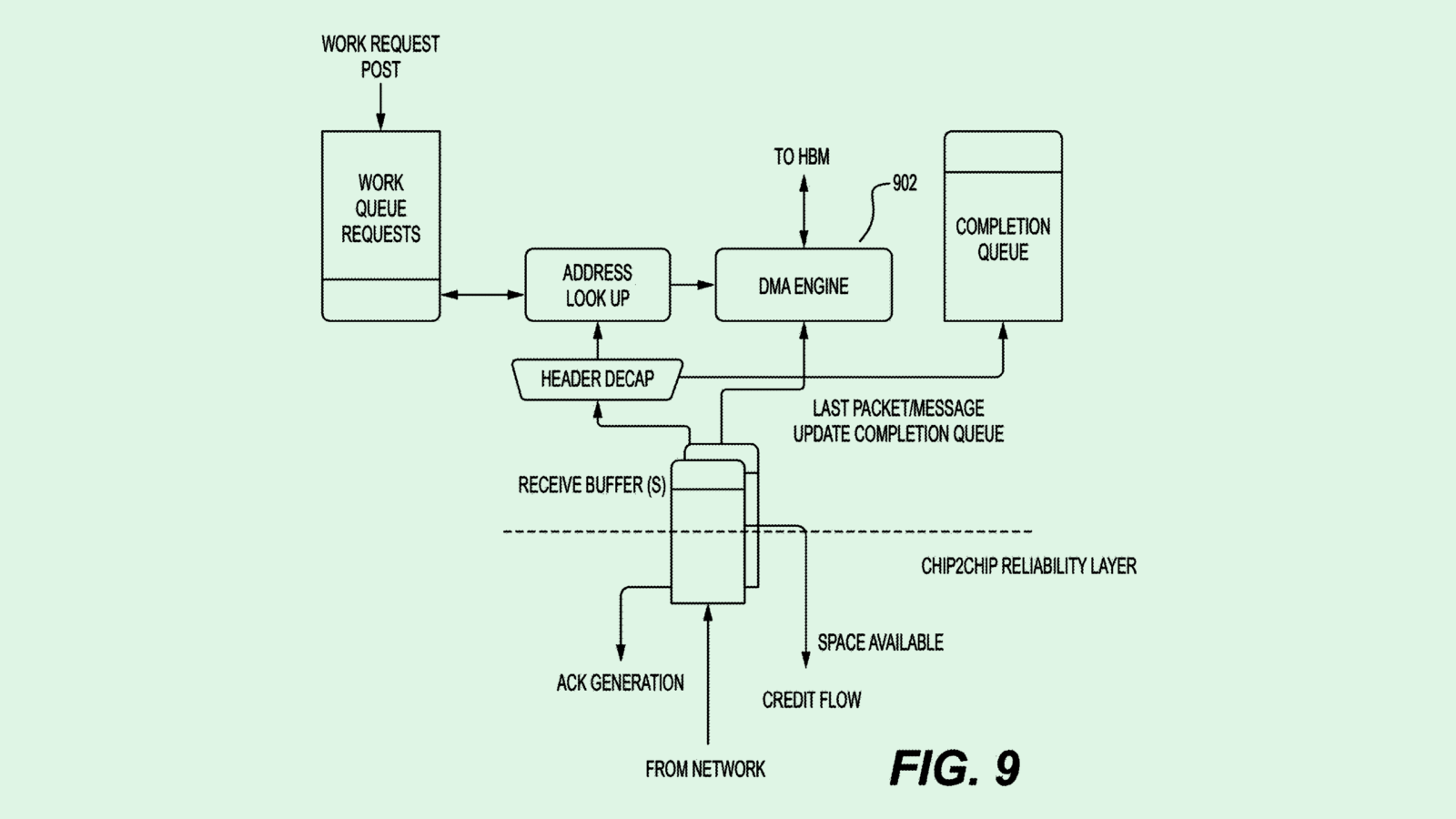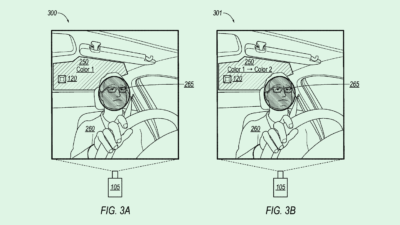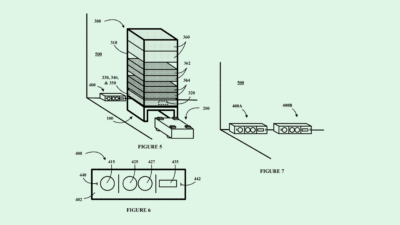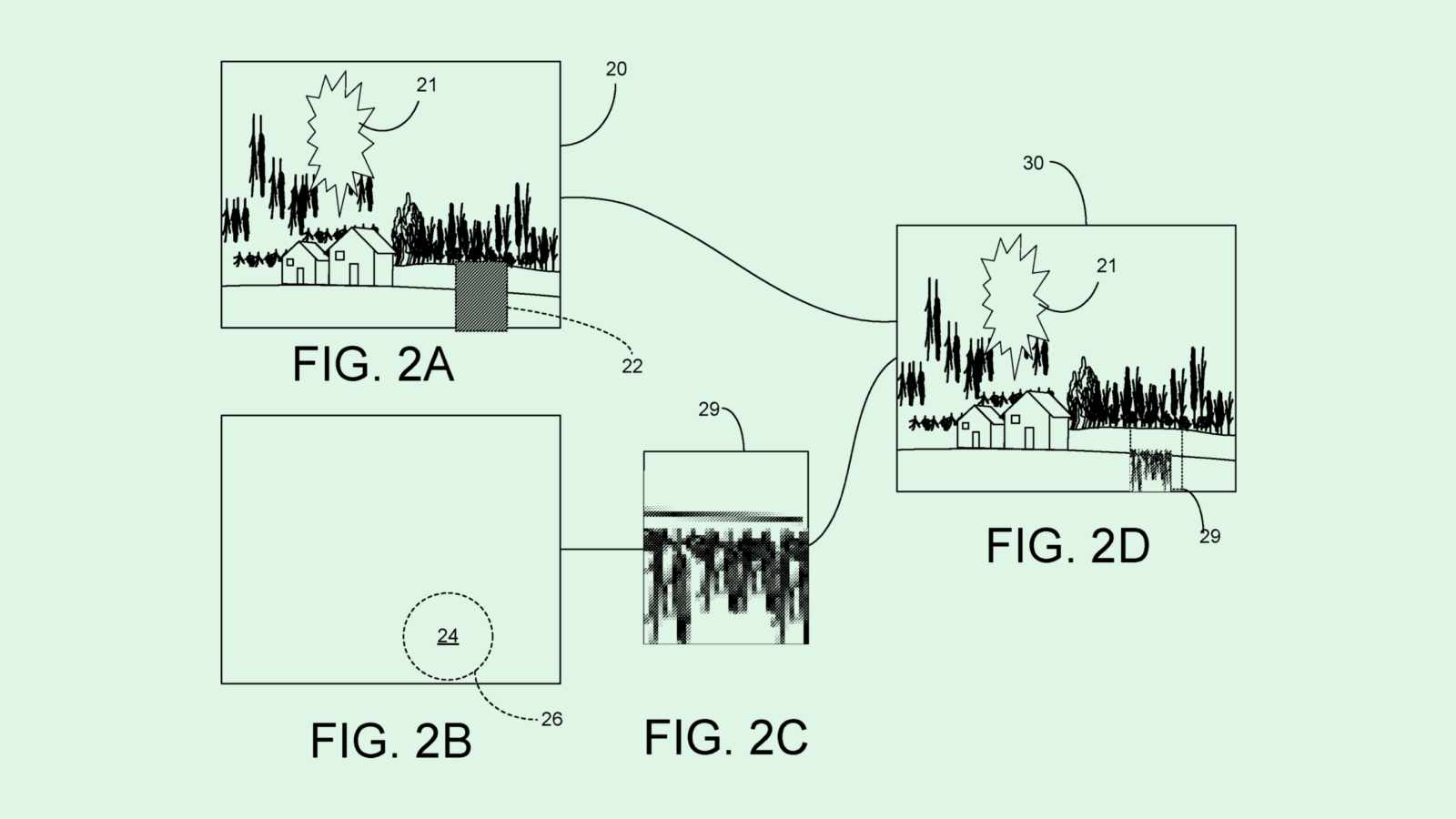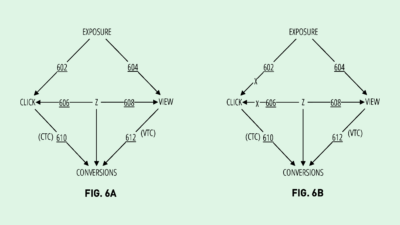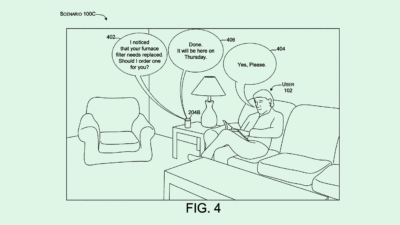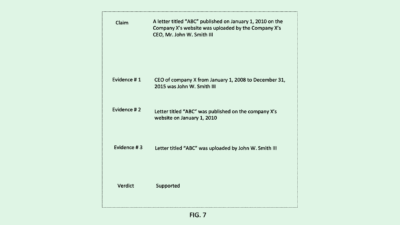Salesforce Looks at Ways to Simplify Machine Learning
Salesforce wants to give anyone the power to make AI (so long as they have enough data).

Sign up to uncover the latest in emerging technology.
Salesforce wants to make machine learning development more automatic.
The company filed a patent application for “automatic machine learning model generation.” To put it simply, if you want an AI model, this system would do pretty much everything for you, as long as you have the data to back it up.
First, Salesforce’s system will take data from a user, performing analysis on it as well as the metadata associated with it, then generating a “prediction field” of what the model would even be capable of with the given dataset. The system would then create a set of features for the data, weeding out those that may “cause inaccuracies in the model.”
Once that’s done, the system would select and train a machine learning model from a set of “candidate models,” based on an evaluation of their predictive accuracy. At the end of it all, the user is given a locked and loaded predictive machine learning model, all from just handing over data and prompting a user interface.
While many sectors have tons of data that can be leveraged by machine learning – especially on a customer relationship management platform like Salesforce — building AI can often be expensive and unapproachable. “Without specialized statistical training, knowledge of (AI) parameters may be unknown to a user,” the company noted.
“In some cases, the user may manually enter data into the input fields that may be incorrect or incomplete, and may result in the system providing an inaccurate prediction.” Salesforce said. “or, in some cases, the system may be unable to provide a prediction altogether, given the input.”

Automatic machine learning has been of interest to developers for nearly a decade, said Vinod Iyengar, head of product at AI training engine ThirdAI. On the patent side, both Oracle and JPMorgan Chase have thrown their hats in the DIY AI ring with filings for chatbot-generating chatbots and no-code AI capabilities, respectively. And Salesforce itself has been toying with automatic machine learning capabilities within Einstein, its umbrella of AI activities, for a few years.
“(Salesforce) has been talking about this for a while, not to mention other vendors in the space,” said Iyengar. “So it’s not that unique.”
Salesforce doesn’t necessarily have the AI clout that Google, Microsoft or Meta have. But the company has been hard at work building out AI tools for things like analytics, customer data and automation. Though the tech in this patent has been around for a while, this filing lays out ways to make it even easier for the layman to take advantage of machine learning with a seamless user interface.
However, some of its capacities may already be out of date, said Iyengar. A lot of the capabilities that Salesforce lays out in this patent are already achievable using just a large language model.
Large language models are great at putting together a “chain of thought reasoning,” he said, which breaks down large complex issues into manageable problems to find solutions. With the right prompts and the right data, “you just have a GPT agent go ahead and solve these problems for you,” said Iyengar. “You may not want it to go and make a business change, but you can give the results to someone who can then make those decisions.”
Good thing Salesforce has an enterprise-focused language model in the works under its Einstein umbrella, too.



